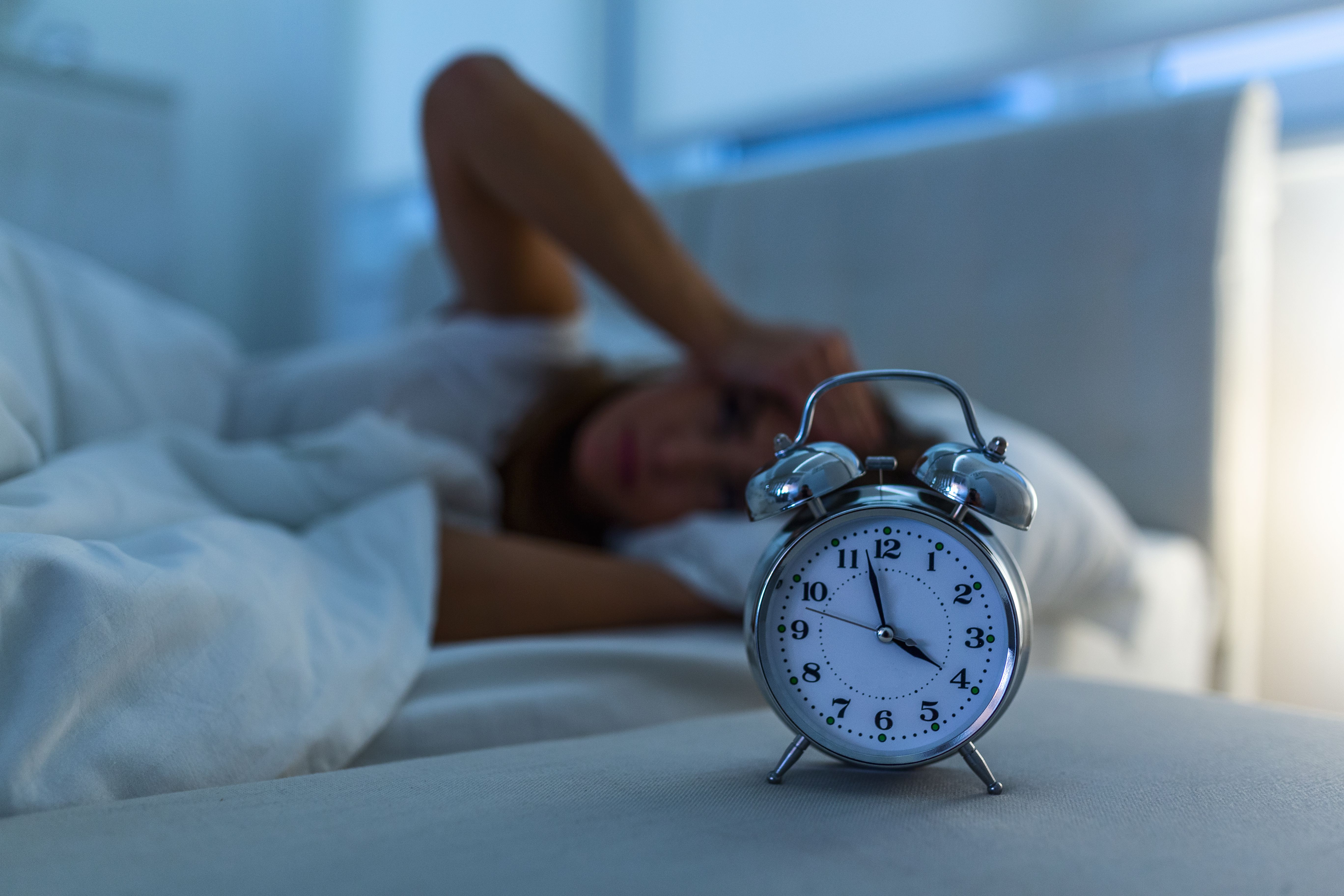Commentary
Article
Review Treatment Options for Insomnia
Author(s):
According to 2020 data from the CDC, about 14.5% of adults reported having trouble falling asleep most or every day during the 30 days prior to the survey.
When it comes to proper sleep, or the lack of it, many individuals and their lives are negatively impacted. Insomnia is a common sleep disorder and problem in which many individuals have trouble falling asleep, staying asleep, or getting good quality sleep. Such lack of sleep can impact daily activities and professional performance and productivity. Short-term insomnia may be caused by stressors or changes in individuals’ schedules environments. Chronic insomnia, which is usually 3 or more nights per week and lasts more than 3 months, can affect a person’s social and physical life very negatively.¹
According to 2020 data from the CDC, about 14.5% of adults reported having trouble falling asleep most or every day during the 30 days prior to the survey. Additionally, 21% of non-Hispanic white adults reported trouble staying asleep, compared to 15.4% of non-Hispanic Black adults, 10.6% of Hispanic adults, and 8.7% of non-Hispanic Asian adults.²
Image credit: Graphicroyalty

Insomnia is present in 10% to 15% of the general population. In 2010, about 5.5 million office visits were related to sleep disturbances in the United States. It is more prevalent in woman of peri-menopausal and post-menopausal transitions and older individuals.³ More than one-third of adults sleep less than 7 hours per night on average.
Among the states, Hawaii has the highest percentage of adults (43%) who get 7 or fewer hours of sleep each night. Among the US counties, Boulder County in Colorado has the lowest percentage of adults (23%), who get 7 or fewer hours of sleep each night. About 7% of adults nap during the day, every day, while 81% of the adults have taken a nap of about 10 minutes or longer in the past 3 months. Nap times average about 1 hour every day. ⁴
When it comes to the treatment options for Insomnia, there are prescriptions and OTC medications available that could be used by these affected patients. Some of these prescription medications include eszopiclone (Lunesta), ramelteon (Rozerem), zaleplon (Sonata), zolpidem (Ambien), suvorexant (Belsomra), daridorexant (Quviviq), and lemborexant (dayvigo).⁵
OTC medications can also be used for treatment of insomnia. Some of these options include the use of diphenhydramine (Benadryl), doxylamine (Unisom), ZzzQuil, melatonin, and valerian. The FDA recognizes diphenhydramine as a safe and effective OTC option for adults and children 12 years and older. These products should only be used temporarily, for occasional sleeplessness, and for less than 2 weeks.⁶
There are other OTC options that can also be used if the above options are not available or fail as the first line of therapy. This may include magnesium sleep spray, a muscle-calming, soothing option. Magnesium chloride, many times in combination with ashwagandha, relaxes the mind and the body, and supports deep sleep. Concentrated magnesium can support many enzymatic functions, including restfulness, relieving restless symptoms and restorative sleep. Magnesium spray is said to calm the whole body for a full night’s sleep. ⁷
According to a double blind, placebo controlled clinical trial, supplementation of magnesium appears to improve the subjective measures of insomnia, which can include Insomnia Severity Index score, sleep efficiency, sleep time, sleep onset latency, and early morning awakening.⁸
Many patients use these products, including magnesium products, and subjectively report the benefits of them. More studies are needed to evaluate the effectiveness of these OTC supplements. Patients should be encouraged to ask their primary care physician about treatment options and any OTC supplements.
Lastly, there are non-medication treatment options available to help with sleep problems. These may include creating a relaxing bedtime routine, including reduced caffeine intake, a warm shower, listening to soft music, and lower use of electric devices, such as smartphones and laptops. Relaxation of the body before sleep can be extremely important to help fall sleep faster and stay asleep longer. Avoiding smoking, regular exercise, developing a regular sleep schedule, and avoiding daytime naps can also help individuals with insomnia get better sleep, each and every night.
References
1. What Is Insomnia? National Heart, Lung, and Blood Institute. Updated. March 24, 2022. Accessed October 31, 2023. https://www.nhlbi.nih.gov/health/insomnia
2. Sleep difficulties in adults: United States, 2020. CDC. June 22, 2022. Accessed October 31, 2023. https://www.cdc.gov/nchs/products/databriefs/db436.htm
3. Kaur H, Spurling BC, Bollu PC. Chronic Insomnia. StatePearls. 2023. Accessed October 31, 2023. https://www.ncbi.nlm.nih.gov/books/NBK526136/
4. 100+ Sleep Statistics. Sleep Foundation. Updated September 26, 2023. Accessed October 31, 2023. https://www.sleepfoundation.org/how-sleep-works/sleep-facts-statistics
5. Insomnia. Mayo Clinic. October 15, 2016. Accessed October 31, 2023. https://www.mayoclinic.org/diseases-conditions/insomnia/diagnosis-treatment/drc-20355173
6. Gershman J. Benadryl for Sleep: What to Know About This Antihistamine’s Sleepy Side Effects. GoodRx Health. May 11, 2023. Accessed October 31, 2023. https://www.goodrx.com/benadryl/benadryl-bad-for-sleep
7. Dream State. Barefoot Scientist. Accessed October 31, 2023. https://barefootscientist.com/products/dream-state-magnesium-sleep-spray
8. Abbasi B, Kimiagar M, Sadeghniiat K, Shirazi MM, Hedayati M, Rashidkhani B. The effect of magnesium supplementation on primary insomnia in elderly: A double-blind placebo-controlled clinical trial. J Res Med Sci. 2012;17(12):1161-1169.
Newsletter
Stay informed on drug updates, treatment guidelines, and pharmacy practice trends—subscribe to Pharmacy Times for weekly clinical insights.





